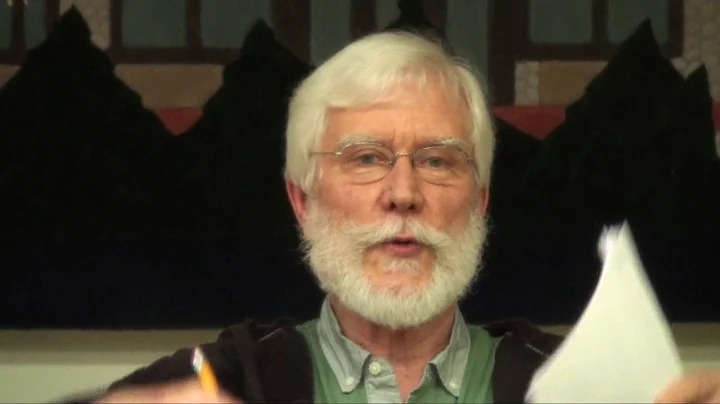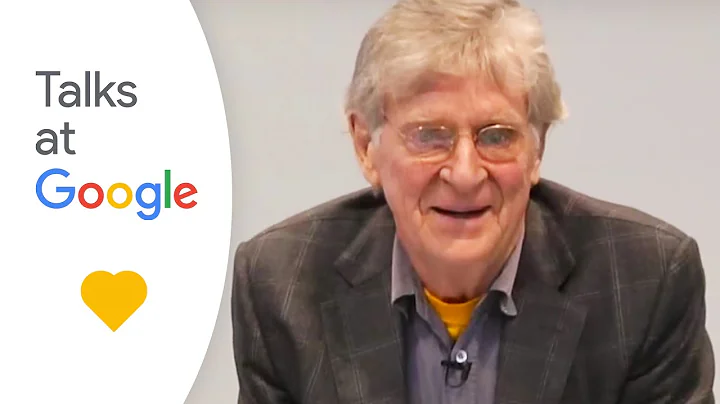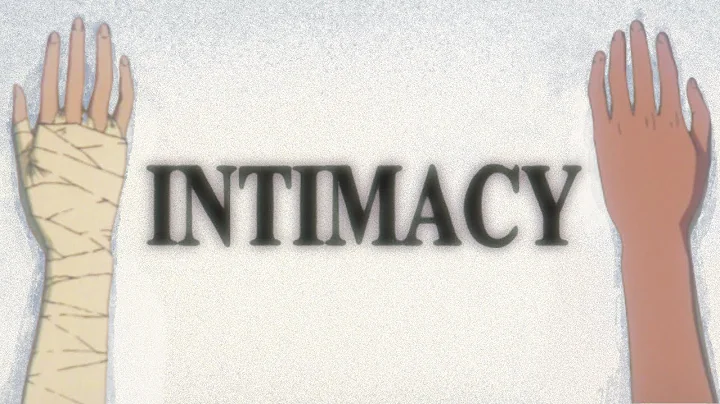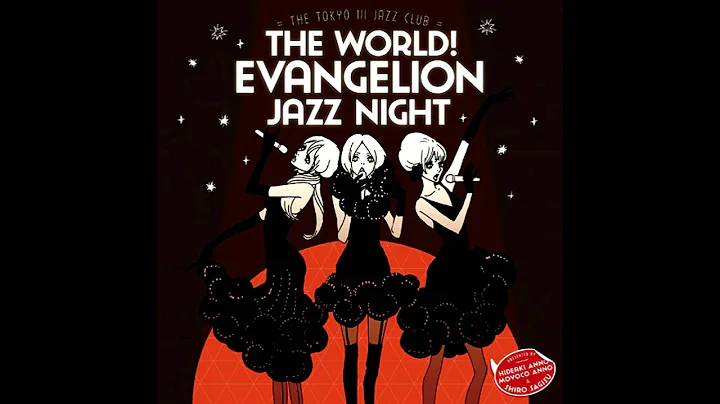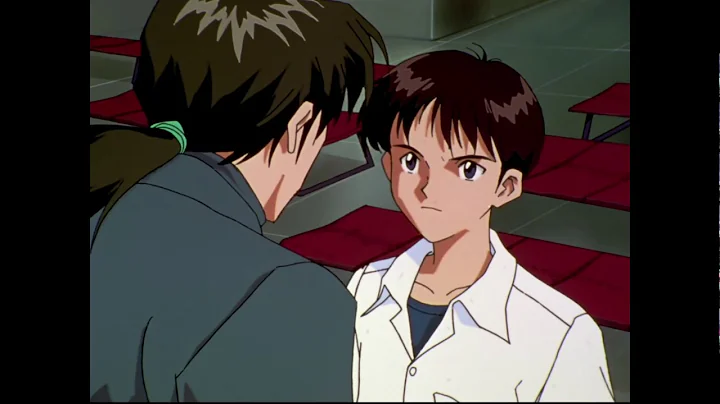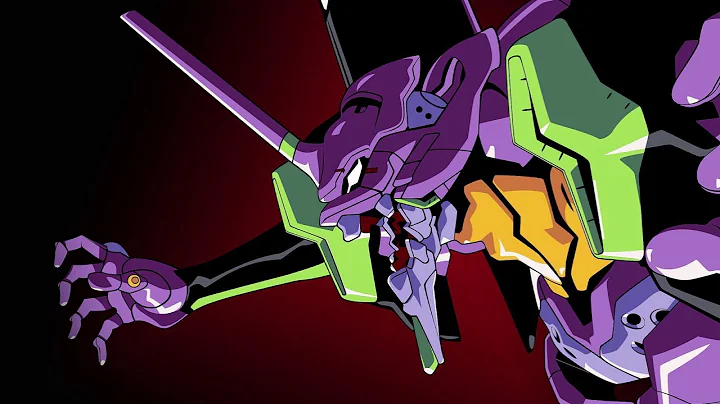Buddhism believes that after one period of life ends, the soul will transform into a human, animal or other life form again, cycling back and forth like a wheel. This is what is called "reincarnation."
In fact, this theory zuì was first proposed by the Brahmans. They believe that the law of causality can run through the past life, this life, and the next life. Driven by "karma", life forms continue to transform into gods, humans, animals, and hungry ghosts, but the soul is always immortal.
Brahmanism believes that the ways to escape reincarnation include sacrifice, asceticism, meditation, and offerings. It is believed that offering sacrifices to gods can reduce bad karma and increase good karma. And asceticism can offset previous sins. Meditation can help people gain the experience of spiritual liberation. In addition, they claimed that by supporting the upper castes, people from lower castes would be able to be reincarnated into higher castes in the future.
On the issue of reincarnation, original Buddhism basically inherited Brahmin's views. But they are opposed to using sacrifices to gods and making offerings to Brahman to change their destiny. Buddhism believes that the only way to get rid of the reincarnation of karma is to practice. Only by attaining the fruit of Arhat can one get rid of the suffering of reincarnation.
But in order to achieve the fruit of Arhat, there is a prerequisite for realizing that "all dharmas have no self". " no-self" means that there is no substantial master, creator, or recipient in all changes in phenomena. All subjects are formed by the combination of causes and conditions in ignorance, and there is no independent and real subject.
Obviously, there is a contradiction between "all dharmas have no self" and "reincarnation". When Buddha was alive, this problem was not prominent. But when the Buddhist sect developed, many heretics came to debate. They asked Buddhists, since you are all "selfless", who is "receiving retribution" and who is "reincarnation"?
For In response to this problem, some sects in Buddhism have put forward the concept of "Putagara". At the same time, in order to be compatible with "selflessness", they believe that Pudegara is a "pseudonym" and a "convenience". Later, the "Shengyi Pote Jia Luo" and "Shengyi Truth" were derived. Although the argument has been repeated over and over again, there are always some areas that are difficult to justify.
In the original Buddhist theory, there were only six consciousnesses: eyes, ears, nose, tongue, body, and mind. Later, the Mahayana consciousness-only sect differentiated the seventh "Mana consciousness" and the eighth "Alaya consciousness" from the sixth consciousness. ” and perfected the realization theory. At this point, the issue of reincarnation has been clearly stated.
Mahayana consciousness-only theory believes that alaya consciousness is a highly concentrated information base, which can externalize karma consciousness into specific life forms. The emergence of life is the process in which latent information (the combination of information from both parents) is transformed into manifest life (fetus) through the absorption of material nutrients (generally supplied by the mother in the early stages). The driving force behind this transformation process is "karma".
Speaking of "karma", its ingredients are quite complicated. It includes information retained by behavior, language, and thoughts in countless past life processes, as well as the influence exerted by the corresponding environment. The root cause of the accumulation of karma is the law of cause and effect.
Everything in the world is governed by the law of cause and effect, and there is no uncaused result. The direct driving force of the reincarnation of life is the "karma" that represents the law of cause and effect. It is divided into internal causes and external causes. The internal cause is the alaya consciousness, which plays a decisive role. What kind of alaya consciousness will appear will be what kind of life form. But what kind of life it actually becomes is subject to external factors. Including factors such as parents’ status and surrounding environment. Internal causes and external causes must "correspond" and combine, so that Alaya consciousness can be transformed into life in the material form.

Six Paths of Reincarnation Stone Sculpture
Consciousness-only believes that the reason why we are "human beings" in this life and not in other forms is because the karma of "human beings" is stored in our alaya consciousness. The difference between people is that in addition to the common cause (common karma) of "people", we also have separate causes (different karma). But no matter what the factors are, they are all accumulated from previous lives. And it continues to accumulate in this life.If we do not strive to maintain the "human" karma, but continue to add karma such as animals, we may be pulled by this karma and turn into animals in the future.
Alaya consciousness is the fundamental consciousness that governs everything. It is a large warehouse in which the seeds of the other seven consciousnesses are stored. When encountering mature external conditions, the seventh consciousness will become active, sowing the seeds of the six consciousnesses from the warehouse and turning them into concrete life.
The specific process is roughly like this: when the conditions for the creation of a new life are achieved (the karma of parents, environment, etc. is achieved), the mana will remove the alaya consciousness that "corresponds" to these factors from the warehouse and differentiate it. It is the six consciousnesses that assemble into concrete life by absorbing external substances (nutrients and food provided by the mother's body).
After the formation of life, the sixth consciousness (consciousness) has never been idle. In addition to cooperating with the operation of the first five senses, it also receives information fed back by the first five senses. After rough processing, they are passed on to the seventh mana consciousness. The mana is further processed, converted into karma, and sent to the warehouse for storage. Life is the process of this information moving in and out of the warehouse.
When one period of life ends, Mana will take back the first six consciousnesses, send them to the warehouse together with himself, then close the warehouse door and leave that specific physical body. Waiting for the opportunity to mature before reincarnating into the next life. This is similar to a driver driving a new car after breaking down an old car. The driver is still the same driver, but the car is no longer the same car.
This is just an image, the specific process will be much more complicated than this. How credible this theory is is not discussed here. If you are interested, you can refer to " Yoga Master's Earth Theory" and "Explanation of the Deep Tantric Sutra", which have more detailed and shēn degree explanations.
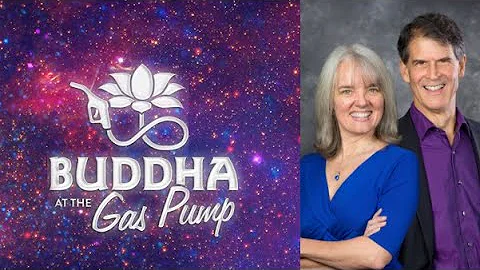

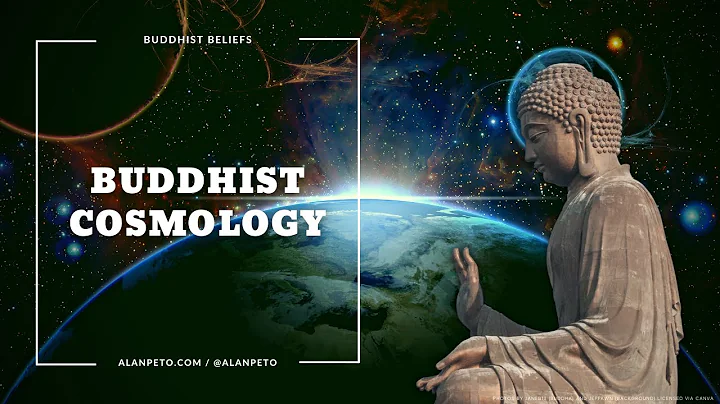

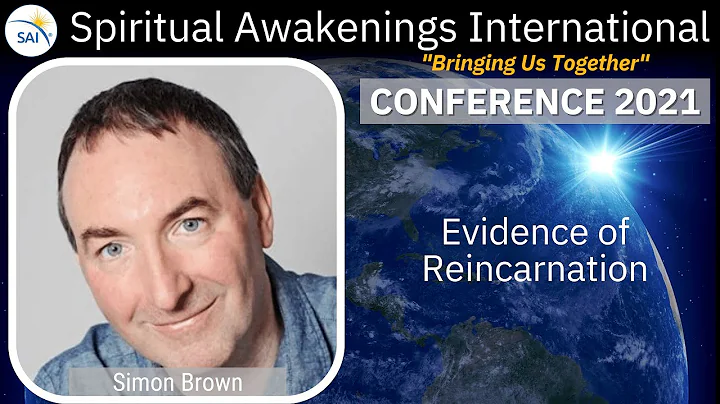
![[MULTI SUB] Rebirth of Heavenly Master S1 EP1 52 #animation - DayDayNews](https://i.ytimg.com/vi/FexWu9FgfAQ/hq720.jpg?sqp=-oaymwEcCNAFEJQDSFXyq4qpAw4IARUAAIhCGAFwAcABBg==&rs=AOn4CLDiO7E7T3uZ8SrXPjU9ho2YJftRHQ)

